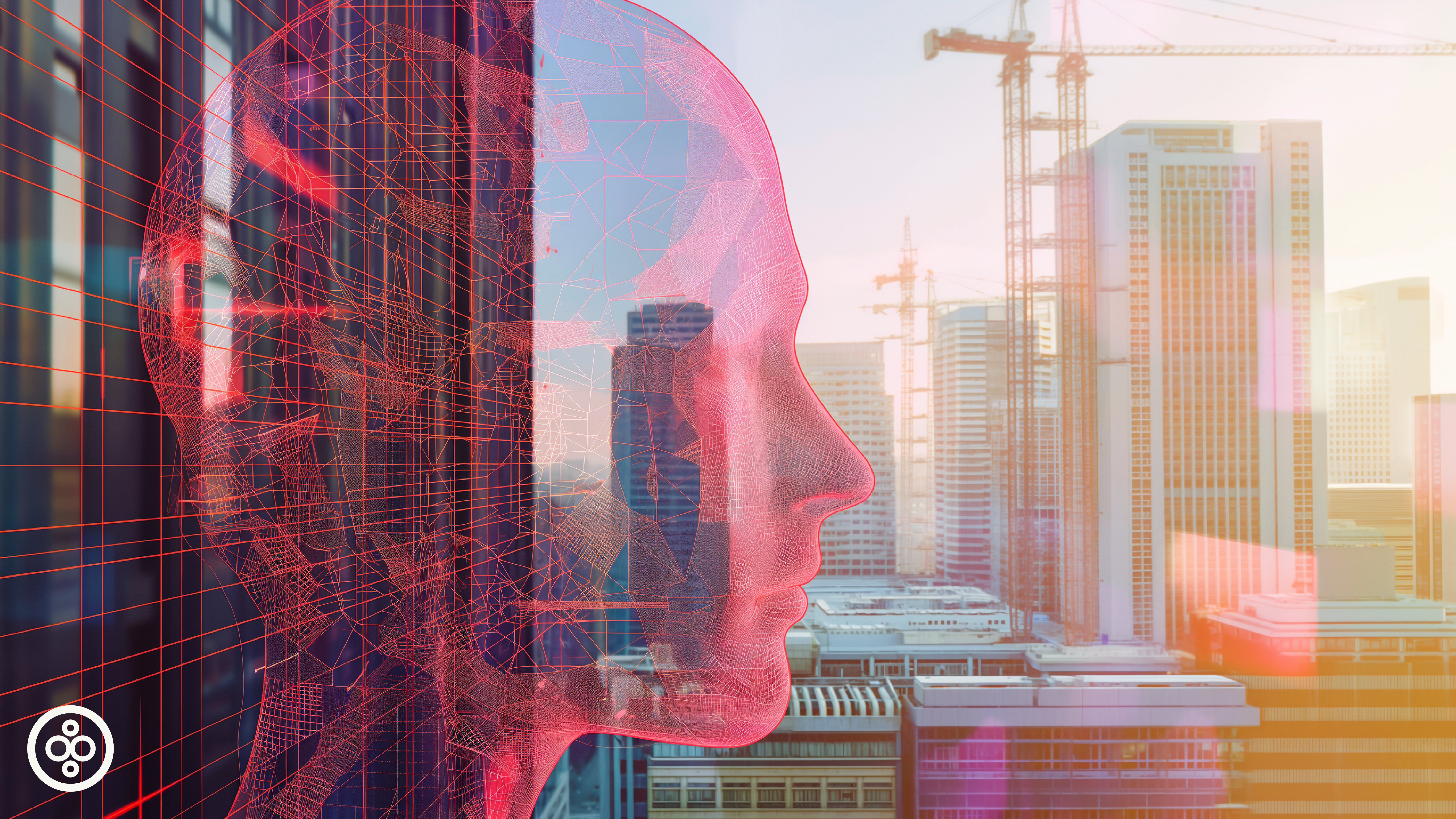Leading AEC Software Giants Embrace NVIDIAs Omniverse Cloud APIs
Last week, NVIDIA announced that NVIDIA Omniverse™ Cloud will be available as APIs, extending the reach of their platform for creating industrial digital twin applications and workflows across the entire ecosystem of software makers. Some of the most prevalent software vendors leading the adoption of NVIDIA’s APIs include Ansys, Cadence, Dassault Systèmes, Hexagon, Microsoft, Rockwell Automation, Siemens, and Trimble.
NVIDIA — a global leader in AI, HPC (high-performance computing), design, and robotics — emphasizes the use of innovative technology to help businesses create collaborative, scalable, and immersive workflows that leverage advanced graphics and simulation technologies. Considering the evolving role of digital twin technologies in the AEC space, the availability of NVIDIA’s APIs to integrate with existing software already serving the built environment has the potential to expedite the adoption on a much wider scale than its current state. The announcement highlights five APIs that can be used individually or in unison, including:
- USD Render — generates fully ray-traced NVIDIA RTX™ renders of OpenUSD data
- USD Write — lets users modify and interact with OpenUSD data
- USD Query — enables scene queries and interactive scenarios
- USD Notify — tracks USD changes and provides updates
- Omniverse Channel — connects users, tools, and worlds to enable collaboration across scenes
Watch NVIDIA CEO Jensen Huang’s GTC keynote announcing Omniverse Cloud APIs
Four BuiltWorlds members — Dassault Systèmes, Microsoft, Siemens, and Trimble — were among the early adopters of NVIDIA’s API announcement.
According to Trimble, in collaboration with companies like NVIDIA, they are hoping to advance the mission of the Alliance for OpenUSD (AOUSD) in four key areas:
- Digital twins and industrial digitalization applications in urban planning, construction, transportation, robotics, and IoT.
- 3D data for geospatial and building information modeling (BIM) for industries such as architecture, engineering, construction, and operations (AECO), and the public sector.
- Artificial intelligence and machine learning use cases across various industrial applications.
- Point cloud interoperability, visualization, and optimization for massive amounts of real-world data captured from laser scans or other reality capture technologies.
Regarding Dassault Systèmes’ 3DEXCITE, their team proclaimed that “this adoption of NVIDIA technologies has enabled Dassault Systèmes to accelerate product commercialization with generative storytelling."
Similarly, powered by NVIDIA Omniverse Cloud APIs, Siemens plans to release a new product later this year for Teamcenter® X, their cloud-based product lifecycle management (PLM) software. The two's partnership will enable an "Industrial Metaverse" and increase the use of AI-driven digital twin technology.
AEC Implications
With an array of possibilities emerging as a result of NVIDIA’s announcement, the question remains how the architecture, engineering, construction, and real estate worlds will be affected. Ultimately, the value of digital twins for the built world lies in their ability to improve design efficiency, enhance collaboration, optimize performance, reduce risks, and support sustainable practices throughout the entire lifecycle of buildings and infrastructure assets. NVIDIA’s APIs theoretically enhance the ability of players in the AECO space to do just that.
Despite the headlines, it’s not just legacy players making a splash in the generative AI and digital twin world. Domestically and abroad startups are developing compelling technologies connecting the digital and physical worlds.
From the Dashboard
Querying the BuiltWorlds Venture Dashboard reveals a combination of hardware and software startups making waves in the digital twin and AI arena.
Looq, a construction tech 3D survey and mapping startup, was born with a simple goal: to build computer vision and AI technology that would digitize our built world. Looq raised $2.6M in Seed funding from BootstrapLabs with participation from Longley Capital and Spatial Capital announced on 2/27/2024.
VEERUM, a global software provider, is transforming asset management with visual intelligence. VEERUM DigitalTWIN offers a new visual way of doing work. With unlimited users and unlimited data, capital-intensive industries are bringing their physical assets online with unlimited, data-enriched 2D and 3D visualizations. VEERUM raised a $9.3M Series B round led by Idea Well Capital Partners in 2Q23.
Integrated Projects is a building intelligence company empowering real estate teams to bring their buildings online by combining 3D laser scanning and 3D modeling. Integrated Projects raised a $3M seed round in 2Q23 led by 186 Ventures.
Prevu3D is a Montreal-based tech company built on the universal principle that the physical world connects us all — and that it can and should be leveraged to drive work efficiency and innovation. Prevu3D software breaks the mold of traditional digital twins with a reality capture meshing engine that automatically converts point clouds into high-detailed 3D environments. Led by Cycle Capital, Prevu3D raised $10M in Series A funding in 1Q23.






Discussion
Be the first to leave a comment.
You must be a member of the BuiltWorlds community to join the discussion.